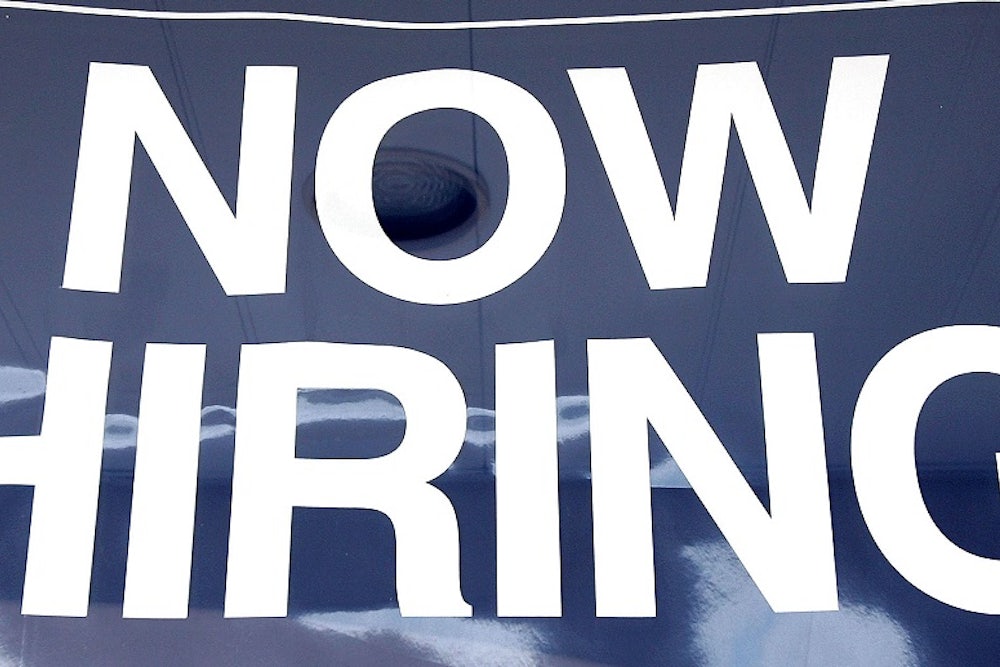After a dismal winter, economic growth bounced back in the second quarter of 2014. The Department of Commerce's strong report is yet another reason for optimism about the state of the economy, but it’s important that policymakers don’t overreact to it.
According to the report, the economy grew at a 4 percent annual rate last quarter, beating expectations of 3 percent and confirming that the weak first quarter growth was an aberration due to unusually severe winter weather. Jared Bernstein, the former chief economist for Vice President Joe Biden, smoothed out these numbers with a year-over-year calculation to show this:

Second quarter growth was driven by consumer spending, a positive sign for the economy. In preparation for increased demand, businesses are reloading as well. Increased inventories added 1.7 percentage points to GDP growth. These are all signs that the recovery has picked up.
While that is undoubtedly good news, it’s important not to read too much into it. For one, it’s still just a first estimate. And as Bernstein’s graph reveals, while the economy is improving, it still has a ways to go. We still need to see annual growth surge above 3 percent for a sustained period.
That means the report's policy implications are limited—at least they should be. Congress is too gridlocked to pass anything that would help the economy, although legislators have avoided a funding shortfall in the Highway Trust Fund that could have delayed infrastructure projects and cost construction workers their jobs. Republicans are also unlikely to shut down the government again and there are no debt ceiling battles in the immediate future.
The real policymaking action is at the Federal Reserve. On Wednesday, the Federal Open Market Committee, which determines monetary policy, reduced the size of its long-term asset purchases by $10 billion, from $35 billion to $25 billion. Barring any major unforeseen changes in the economy, the Fed will likely end its asset purchases in October. The actual FOMC statement was little changed from June. The Committee switched some language in it to focus less on the unemployment rate as an indicator for the economy, instead noting that “a range of labor market indicators suggests that there remains significant underutilization of labor resources.” It also deemed the risk of deflation—when prices fall setting off a nasty spiral of reduced hiring and consumer spending—lower, but did not express fears that inflation could surge as some individual FOMC members, like Dallas Fed President Richard Fisher, have in recent days.
The next step in the Fed’s process of normalizing policy will be to raise interest rates. The Fed has kept rates at zero since 2009 in the hopes of spurring stronger growth. When the Fed ends this zero interest rate policy will have a major effect on whether the gains from the recovery eventually trickle down to workers. Raising rates too soon will choke off growth and prevent wage gains for workers. Raising them too late could lead to excess inflation. Economists currently expect the first rate hike to happen sometime in the middle of next year.
Liberals are hopeful that the Fed, led by chair Janet Yellen, will accept the inflation risk and focus on ensuring that wage gains actually happen. So far, she has done that, ignoring the calls of inflation hawks to raise rates soon. She’ll have to continue to do that in the upcoming months as those calls grow louder and more frequent.
